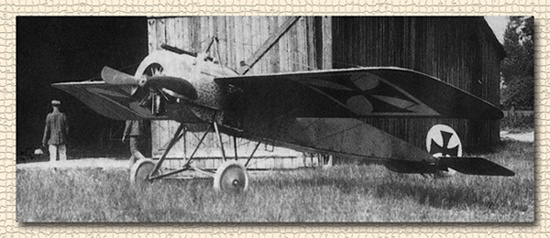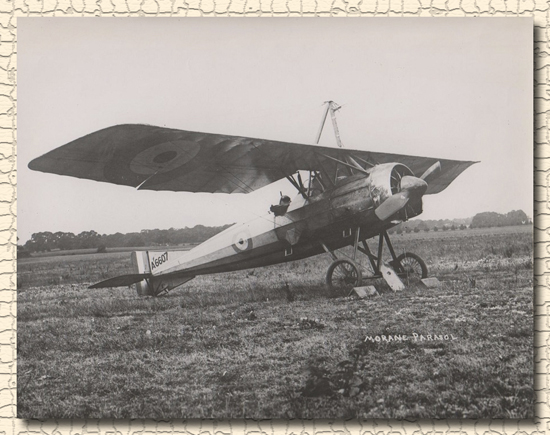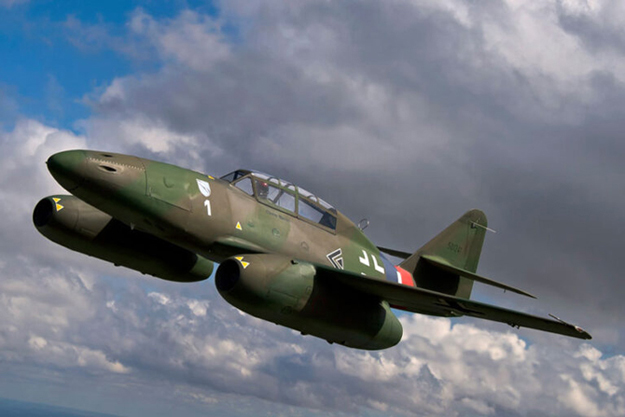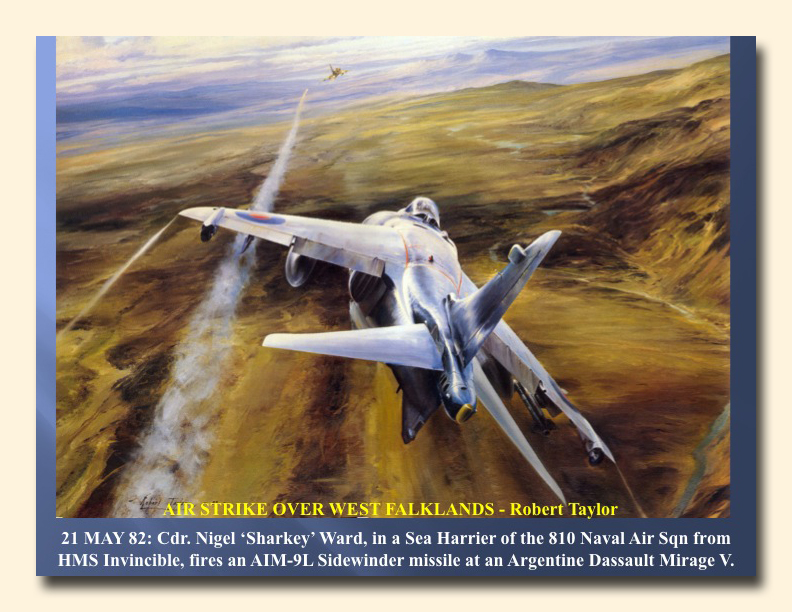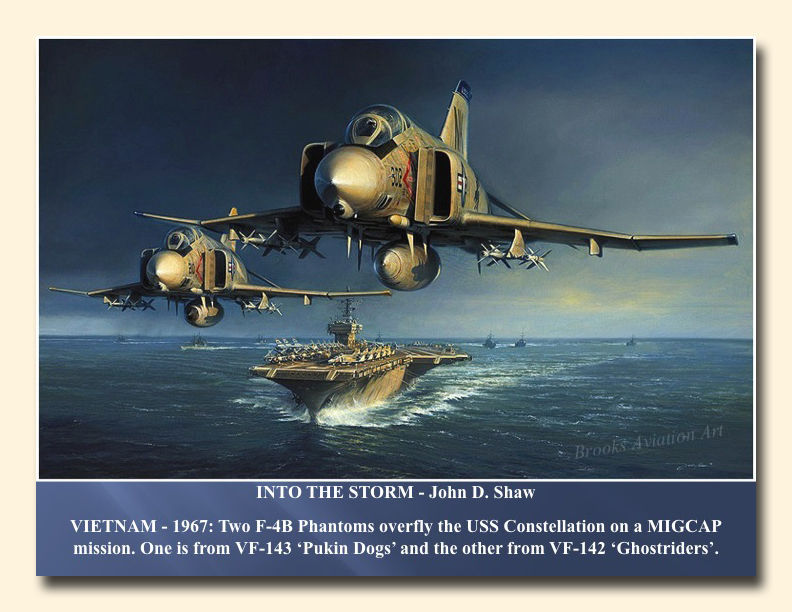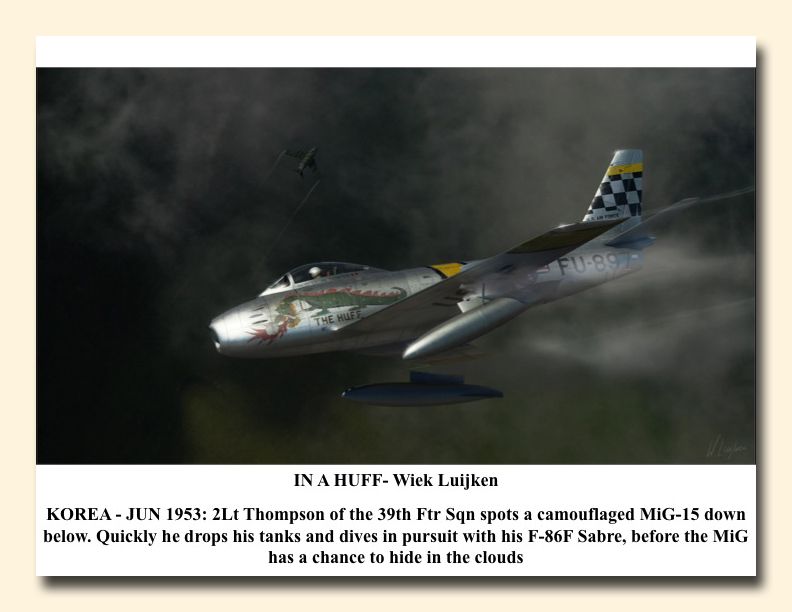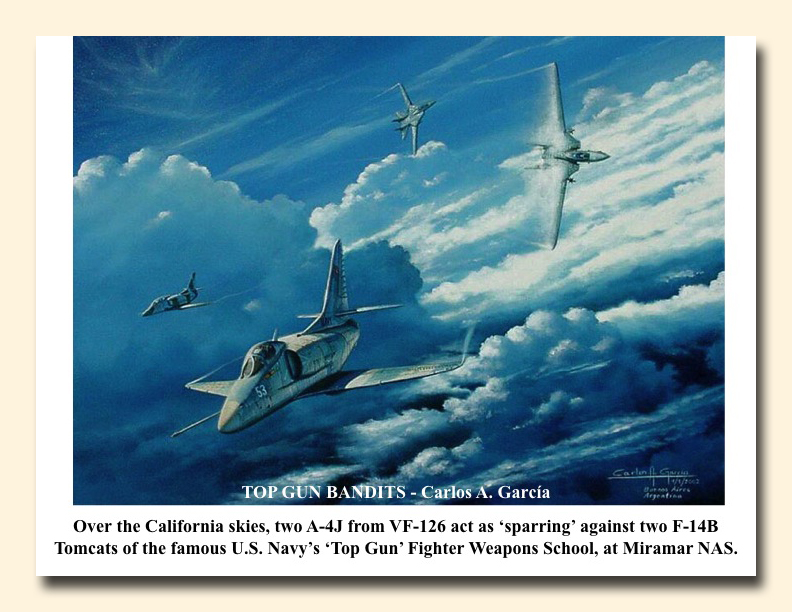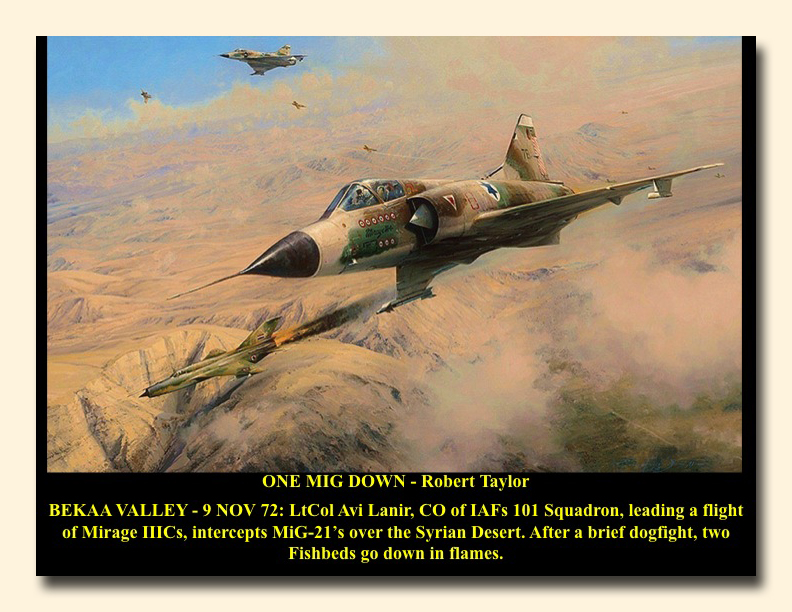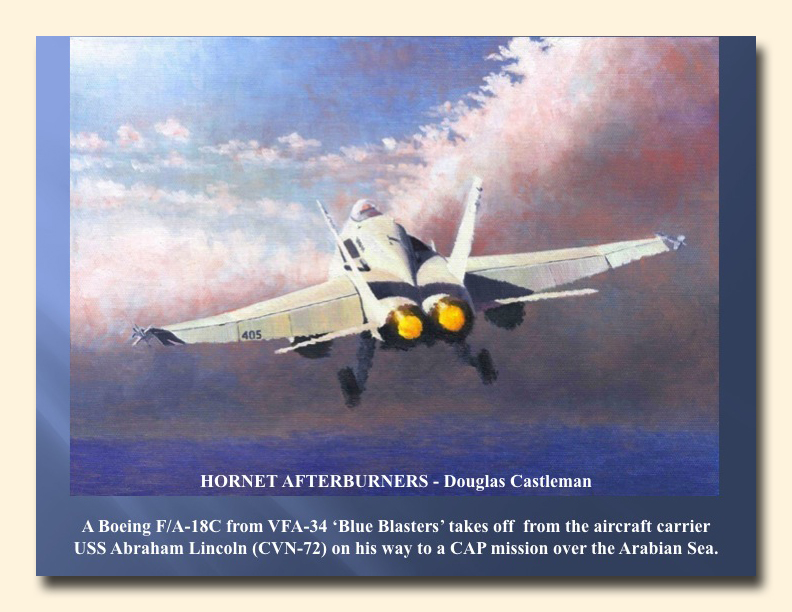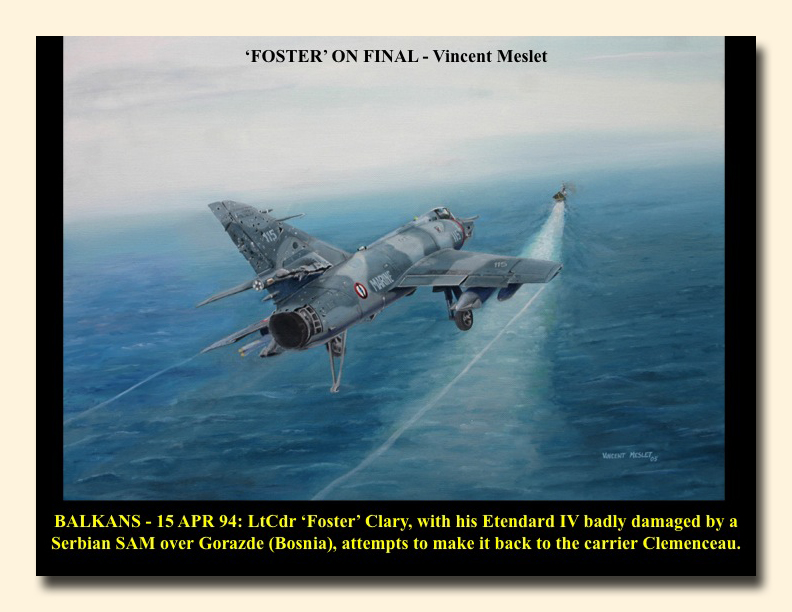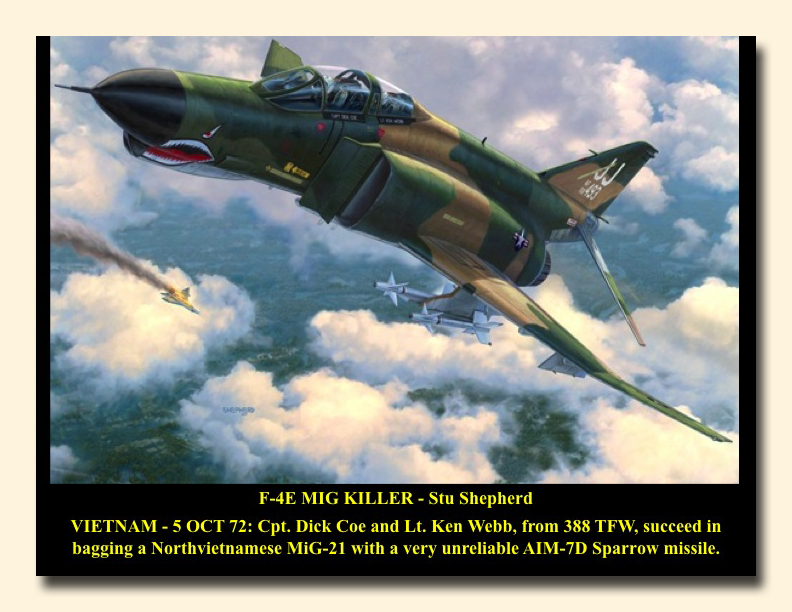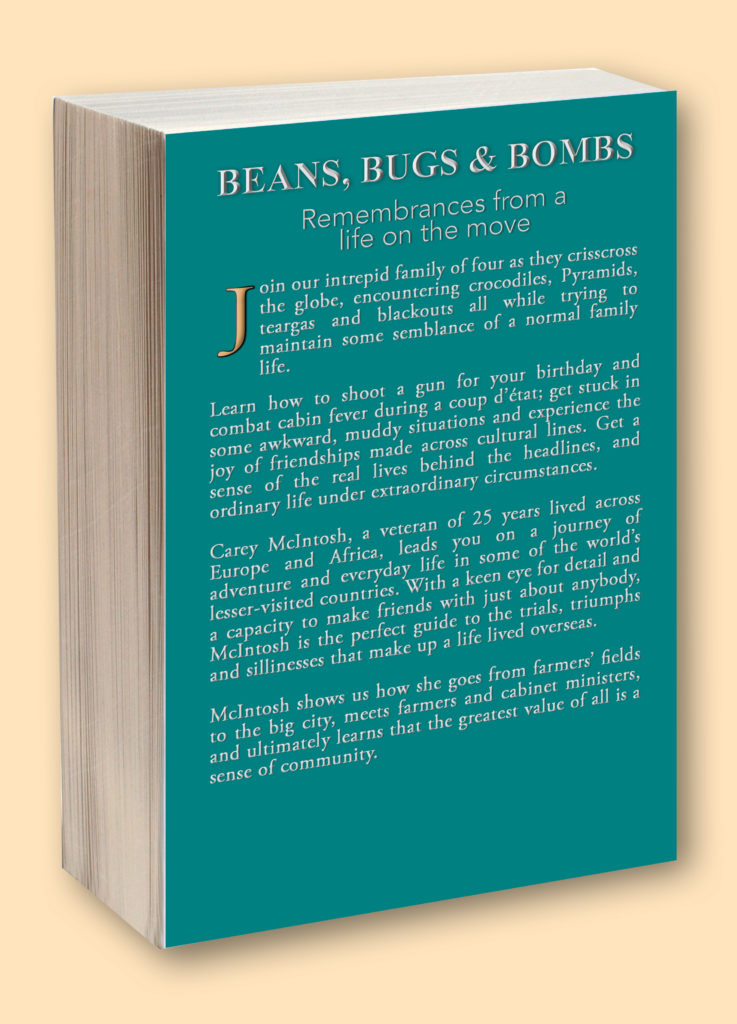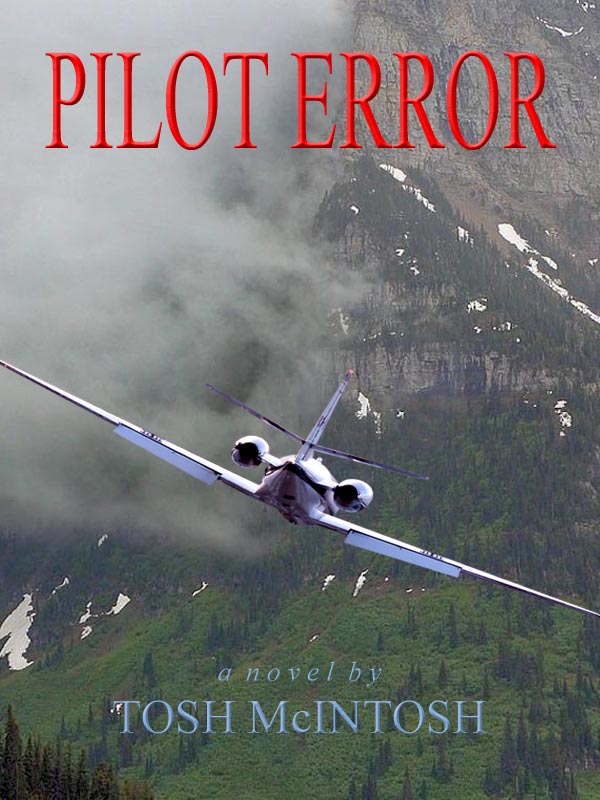I wish I could write that my love of aviation began at a very early age. Such a tale might begin with, “I had many toys, all of which were abandoned as soon as I got my hands on that little red biplane. From that moment on, my fate was sealed.”
The truth is far from that of a flier’s storybook. No hanging around the airport, sweeping floors for the chance to fly with a grizzled eighty-year-old barnstormer in a Stearman. No yearning to take to the skies every time I heard the throaty sound of a radial coughing into life or marveled at an aerobatic routine dancing against an azure sky above my head. None of that. With the exception of knowing that my older brother wanted to be a pilot, aviation played no part in my childhood.
As a high school senior, with the exception of not wanting to spend a career sitting behind a desk, I remained blissfully uncommitted to my professional future until a family friend suggested geology. With no better plan of my own, I enrolled in a college best known for mining engineering. In those days, two years of ROTC was mandatory. I signed up with the Army.
Before the end of my freshman year I had decided that oceanography was for me. I can’t offer any better reason today than I could then for choosing to work submerged in water over digging in dirt. When I arrived at my new college to begin my sophomore year, the Army and Navy contingents were full. By default, I became a member of the Air Force ROTC. I never intended to continue past the second year.
Enter my advisor, who skillfully pointed out that the last two years of ROTC paid real money. Eager to reduce the strain on my parents’ finances, I signed up. The advisor also encouraged me to consider applying for pilot training. By the end of my sophomore year he had convinced me.
On the first class day of my junior year, I suffered a major crisis (pun intended). The calculus, physics, and chemistry required for a degree in oceanography had became so repulsive that I raced to my course advisor with a frantic question. “Can I declare any other major and still graduate in four years?”
“Psychology,” she said. “Your elective choices have already fulfilled many of the requirements. But it will take a heavy course load and a summer session.” We made the change, and my goals at that moment became clear: Get my degree, accept a commission as a USAF 2nd lieutenant, go to pilot training, serve four years (the minimum active duty commitment at the time), and then I’d know better what I wanted to do for a “real” job.
The advanced ROTC program required attendance at a two-week summer camp between my junior and senior years. As a pilot candidate, I had to pass a flight physical.
I’m sitting in a chair getting an eye exam from an enlisted guy. He finishes up, and over his shoulder I see 20/20 marked for the right eye and 20/25 for the left. “Whoa. Are you sure about that?”
“Yessir. That’s how you test out.”
“Do me a favor?” When he agrees, I say, “I need 20/20 in both eyes to remain in the pilot program. Could you check it again?”
He does, confirms my left eye as slightly below standards, and I leave the exam room with my planned aviation interlude in jeopardy. But I’ve heard that depending on the needs of the Air Force, demand for pilots might allow something less than eagle vision. Maybe I’ll be okay.
Then the flight surgeon gets hold of me. Literally. I cough looking one direction. He tells me to look the other way and cough again. I do that. There’s a pause. “Again,” he says. I cough. Then he calls out, “Hey, Frank! I think we’ve got a live one!” Less-than-acceptable eyesight and a left inguinal hernia terminate my plans to be a USAF pilot.
On the first day of classes for my senior year, I inform my Air Force advisor that I’m quitting the program. He asks me why. I tell him. He stands up, walks to a metal filing cabinet and fishes out a folder with my name stenciled at the top. He flips it open, thumbs to a piece of paper and shows it to me. I stare at it and read 20/20 for both eyes.
But then he points to another bit of news in the folder. I had told the flight surgeon about a dislocated shoulder from playing sandlot football. Concern that I might not be able to reach all the switches on overhead panels in transport airplanes had disqualified me as a pilot candidate.
The advisor stares at me and says, “Don’t ever volunteer information like this. Let them find it.” Then he tells me that the only record of this physical is in his office. “That’s like it never happened. We can schedule you for another. Your left eye is so close that I can show you how to make sure you test out at 20/20.”
And then the kicker: “If you had kept your mouth shut about the shoulder and gotten that hernia fixed over summer break, within the week you could begin flying training for your private license. Looks to me like you’re behind the power curve.” (An aviation term I would soon become all too familiar with.)
I’d had enough aerodynamics to recognize the phrase. I also knew that I was an operation and a physical away from shoving the power up, reducing my angle of attack, and flying my way into the cockpit of a USAF trainer.
In January, 1964, I began the Flight Indoctrination Program (FIP). Designed to assess a candidate’s basic aptitude for piloting, FIP paid for training to obtain a private pilot’s license. The Air Force initiated the program to reduce the washout rate from Undergraduate Pilot Training (UPT) in T-37’s and T-38’s.
My civilian instructor had logged many hours watching over young aviators, and he knew how to teach specific lessons so that the wisdom became a permanent part of a pilot’s “brain bag.”
We’re practicing touch-and-go’s. On downwind after three nice patterns with no instructor input, as I reach for the flaps he says, “Make this a no-flap.”
No problem, at least until my failure to adjust the pattern creates one. I’m struggling to get the airplane down. Why am I so high? He lets me thrash around in confusion and frustration until he says the magic words, “Go around.” Later he explained his reasoning and the learning objectives for that demonstration.
We had practiced no-flap landings, but only when pre-planned. When faced with a sudden and unexpected configuration change, could I recognize the need to extend the pattern?
We had practiced slips on a previous flight. If I failed to adjust the pattern, did I have the situational awareness to reach for a required pilot skill in the brain bag and solve the problem?
I hadn’t had to abort a landing so far in training. If I failed in the first two objectives and was faced with a situation mandating a go-around, could I swallow false pride and do the right thing?
Lessons learned. Or were they?
Upon graduation from college in June, 1964, I arrived home in Dallas, Texas, with a diploma, a private pilot’s license, a commission as a USAF 2nd lieutenant, and a UPT report date of November 15, 1964. Interspersed with a summer job, I proudly sought any opportunity to showcase my newly acquired skills to anyone brave enough to climb in an airplane with me.
All pilots have vivid memories of instances in which critical lessons become forever implanted in our aviator’s psyche and result in the statement, “I learned about flying from that.”
My mom and dad’s best friends lived next door, so I had two sets of parents. My part-time surrogate dad had served as a tank gunner in WWII, and I considered him fearless. He proved it while sitting in the right seat of a Cherokee 140 with me at the controls.
It’s early morning at a small, uncontrolled airport, calm winds, two airplanes in the pattern for runway 35, the preferred runway with winds less than 5 knots. I taxi out with my #2 dad and takeoff for a sightseeing tour. He owns property in the country and wants to take a look at it from the air.
Two hours later we return to the airport. Like a good fledgling pilot, I monitor the local frequency. The absence of radio traffic and visual clearing confirm no other airplanes are in the pattern. I set up for landing to the north, determined to show my passenger that I have got this flying stuff wired.
As so often happens with that insidious altered perceptive state known as “tunnel vision,” I fail to consider that Mother Nature might have changed the wind. Into the flare I settle, and it seems to be lasting forever. Floating along just above the runway, do the lessons of private pilot training come to my rescue? Am I ignoring them because I don’t want one of my heroes to think any less of me?
I touch down way too long and we depart hard surface at the departure end. I manage to stop the airplane just short of a barbed wire fence. The propeller has done a really nice job of mowing a swath through three-foot high Johnson grass.
Neither of us says anything. When I can once again take a breath and move my hands and feet, I do a 180 and taxi to the ramp. We climb out, he thanks me for the flight and leaves the airport.
Post-flight inspection reveals green stains on the prop and grass packed into the landing gear and wheel pants. The tires could be mistaken for those on a commercial mower. I clean up the evidence and decide at that moment in my career never to forget that lessons, no matter how effectively taught, can fade with time. Learning never ceases.
In the immediate aftermath I hoped he didn’t recognize how abnormal the landing was. By that evening I knew better. He never mentioned the incident because he didn’t want to embarrass me any more than I already was.
Good fathers, real or substitute, are like that. I miss them both.



